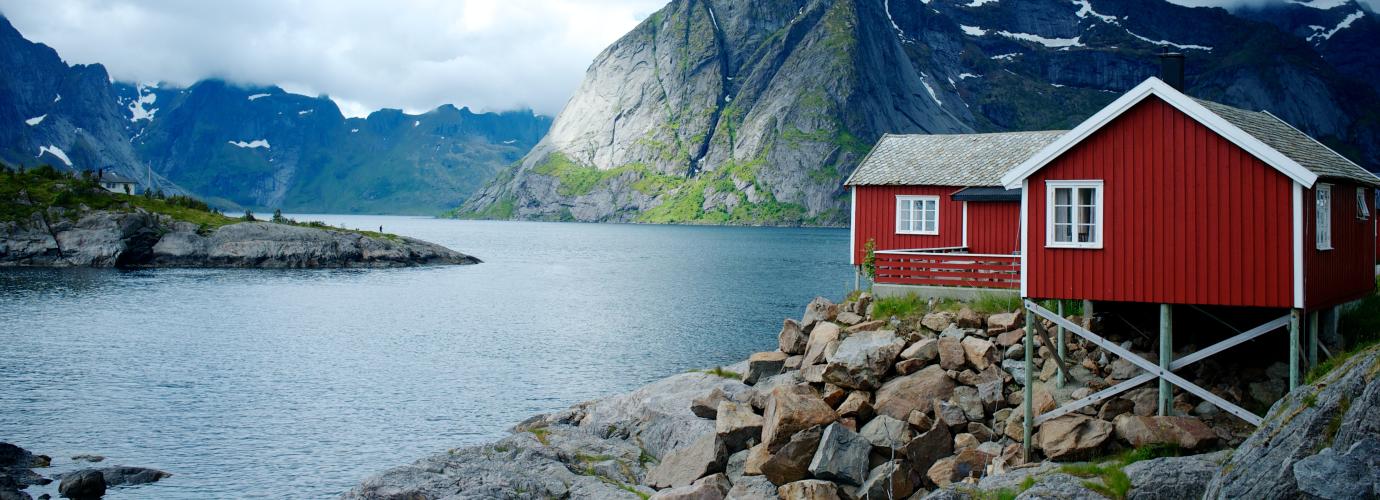Due to the comprehensiveness of the public school system, there are relatively few primary and lower secondary schools with permanent alternative structures. Norwegian schools enjoy flexibility regarding organizational variations, e.g. age distribution within classes and their organization, though not on a permanent basis (Education Act 2023, section 14-2).
Single structure education organized on alternative learning arenas are:
- municipal special schools, with administrative anchoring in ordinary schools.
- education related to long-term stays in other institutions
- home-schooling
A prerequisite for using an alternative learning arena for pupils with special needs is that authorities establish an individual decision on special education for the pupil concerned. In this individual decision, it must be stipulated that the pupil should be trained in an alternative training arena (Education Act. chapter 11).
The county authority has the duty to provide primary and lower secondary and upper secondary education to pupils who are hospitalised or admitted to another institution for a longer period of time. This also applies for adults who are entitled to education while institutionalised. Furthermore, the county authority must also ensure this right for children and siblings of those admitted to healthcare institutions if the stay is likely to result in more than fourteen days of absence per school year for the child or sibling.The institution shall ensure that a suitable area is available, and the county authority shall ensure that adequate equipment is provided for teaching, activating and stimulating children at various ages (Education Act, section 28-3 and 28-4).
A few (less than a hundred) pupils are taught at home. In some cases, this is because the parents prefer this kind of family life and have objections to the official school policy. In other cases,the reason is that the local population is not sufficient to maintain a school. Instead of long travel or boarding, the child might stay at home and receive teacher guidance using different kinds of teaching aids (Education Act, section 22-5).
All pupils in primary or lower secondary school age who live in the governance area for Sami language, have a right to be taught in North Sami, South Sami or Lule Sami, as a first or second language. The Municipality may decide that all pupils shall be taught in Sami. The pupils also have a right to be taught in Sami in other subjects. They are to be taught in accordance with the new Sami Curriculum of 2020 ('LK20S').
Many of the pupils who have a right to teaching in Sami live in areas where there is shortage of teachers with Sami language skills. These pupils have the right to alternative teaching forms such as distance education, intensive teaching, attendance of courses as a visiting pupil or other suitable education forms. For Sami pupils without possibility to attend such education at the school distance education is the most common organisation form. The right to Sami education is regulated in the Education Act, sections 3-2 and 6-2. Adults who have a right to education have a right to education in Sami language (Education Act, section 19-4).
The Independent Schools Act, section 2-1 concerns approval of and right to state support for independent schools and the terms on which such support is granted. The objective of the Act is to help facilitate the establishment and operation of independent schools, so that parents and pupils may choose other schools than the public schools.

